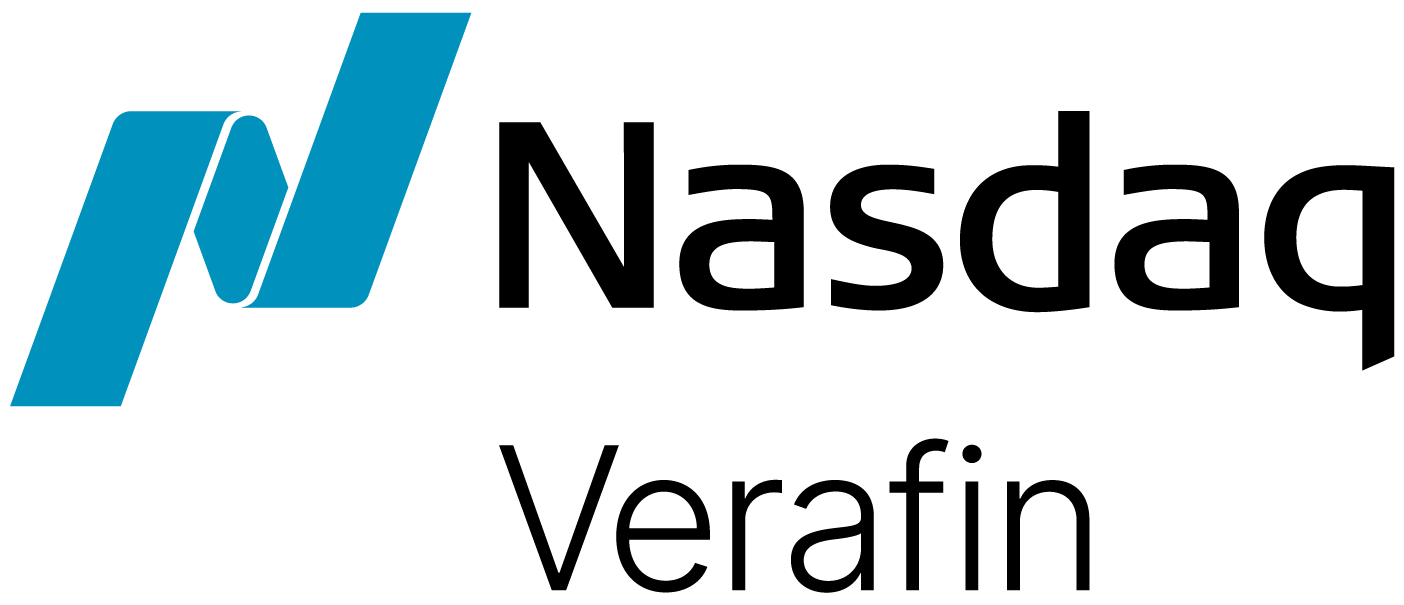While generative AI has been dominating industry conversations, new advancements in AI technology are just on the horizon with the rise of agentic AI that has the potential to deliver a step change in automation for financial crime management — and the need has never been more pressing.
Facing a multi-trillion-dollar epidemic of financial crime, banks are operating in an increasingly complex environment. According to the recent Nasdaq + BCG Complexity Report, global banks spend a staggering $250 billion in operations for Risk & Compliance functions, and yet the report underscored that “the largest banks struggle with internal challenges such as manual processes, siloed data, and legacy technology.”
With 20 years of domain experience, Nasdaq Verafin has a deep understanding of the unique workflows and processes of financial crime management teams, and how AI technology can best be applied to help banks optimize their anti-financial crime programs for efficiency and effectiveness.
The Evolution of Automation in an Age of Advanced AI
Technology can transform how banks navigate complexity, with automation and AI serving as levers to optimize anti-financial crime programs for efficiency.
Pre-AI: Moving from Manual Effort to Automation Technology
For decades before the meteoric rise of genAI, automated technology solutions have helped banks move beyond manual processes to simplify and streamline daily compliance and fraud operations, including integrating data or navigating workflows. However, as external complexity has increased, many banks have deployed one-off point solutions over time, resulting in complicated technology stacks with disparate solutions across fraud and AML programs, in addition to siloed data sources. Additional investment in orchestration or Robotic Process Automation (RPA) solutions are often required to overcome the limitations and inefficiencies of working in a patchwork of legacy solutions.
A comprehensive financial crime management platform that is optimized for user efficiency, Nasdaq Verafin’s automation capabilities include time-saving workflows and investigation tooling — from alert triage and case management to regulatory reporting. Another critical use case for automation is contextualizing data for investigators. Visual investigation tools, for example, provide all the information an investigator needs right at their fingertips. Nasdaq Verafin’s smart evidence and visualization capabilities includes check image viewer, geographic maps, and interactive relationship graphs that save valuable time and resources in every investigation.
The Rise of GenAI Copilot Capabilities for Intelligent Assistance
Today, we are in the second era of automation embodied by the emergence of genAI and large language models (LLMs). The recent proliferation of copilot capabilities that can automatically collect, generate, and summarize information is a boon to compliance teams that are overburdened with inefficient processes and complicated workflows. GenAI copilots can intelligently assist investigators by automating daily tasks across alert triage, investigation, due diligence, and reporting processes, saving valuable time and reducing operational spend.
Following the launch of Nasdaq Verafin’s first integrated genAI Entity Research Copilot, more than 1,000 banks are leveraging copilot capabilities in the platform to expedite entity research, automate negative news searches, and reduce overall alert triage time. A recent customer called our Entity Research Copilot a game-changer, noting that the integrated copilot was the efficiency boost the bank needed to expedite their investigations.
Alert triage is just one of the use cases for applying genAI and copilot capabilities. From automating case management tasks and steps in Suspicious Activity Reporting, Nasdaq Verafin is integrating copilot features seamlessly across the platform to improve user efficiency where they need it most.
A New Age of Automation with Agentic AI
The advent of Agentic AI represents the most advanced stage of AI to date, by enabling systems to make autonomous decisions based on complex data inputs without continuous human oversight. While traditional LLMs provided outputs without clear explanations of their reasoning, modern Agentic AI incorporates sophisticated “chain-of-thought” reasoning capabilities that can break down complex problems into logical steps while explaining decision rationale.
Agentic Process Automation (APA) refers to an advanced form of automation that uses Agentic AI to execute complex business processes. Unlike the rigid, rules-based Robotic Process Automation (RPA) of the previous era, Agentic Process Automation can leverage advanced reasoning capabilities to make independent decisions and take actions in complex workflows.
There are several potential use cases where Agentic AI would be beneficial for the AML compliance process. One area is dispositioning lower-risk alerts – where AI agents could automate a portion of alerts that analysts typically triage. Agents that can automatically review, acknowledge and document alerts of lower value that don’t require further investigation from a human analyst. Another is automating enhanced due diligence (EDD) workflows. Manual, repetitive and time-consuming processes for EDD reviews can further strain resources and increase operational costs, for what is often a checkbox for compliance. Agentic AI can automate necessary tasks within an EDD review process: from searching for adverse media, analyzing historic activity for significant changes, and determining whether a case should be closed or escalated for investigation. These are just two examples of how Agentic AI goes beyond task automation, with the potential to automate away entire workflows and processes for significant efficiency gains in compliance operations.
The Path Forward
AI-driven automation is not just a technological advancement but a necessary evolution to address increasing complexity in today’s evolving financial crime landscape and overcome the internal challenges of legacy systems, siloed data and manual processes.
Banks can be at the leading edge of technologies like Agentic AI that have the potential to deliver a step change in efficiency. By embracing automation with AI innovation, banks can redirect resources to focus on higher-risk activity and priority investigations, improving the effectiveness of their overall anti-financial crime efforts.
About the Author:
ROB NORRIS
Senior Vice President, Head of Product Strategy, Nasdaq Verafin
With more than 16 years of experience at Nasdaq Verafin, Rob brings a wealth of knowledge and experience to his leadership role spearheading Nasdaq Verafin’s product management vision and strategic priorities. He has also excelled in numerous other senior roles across the company, including Director of Product Management and Director of Customer Success. An industry expert with a deep understanding of emerging technology and financial crime trends, Rob is passionate about working with teams of engineers, designers, and product managers to solve real problems for Nasdaq Verafin’s customers.



